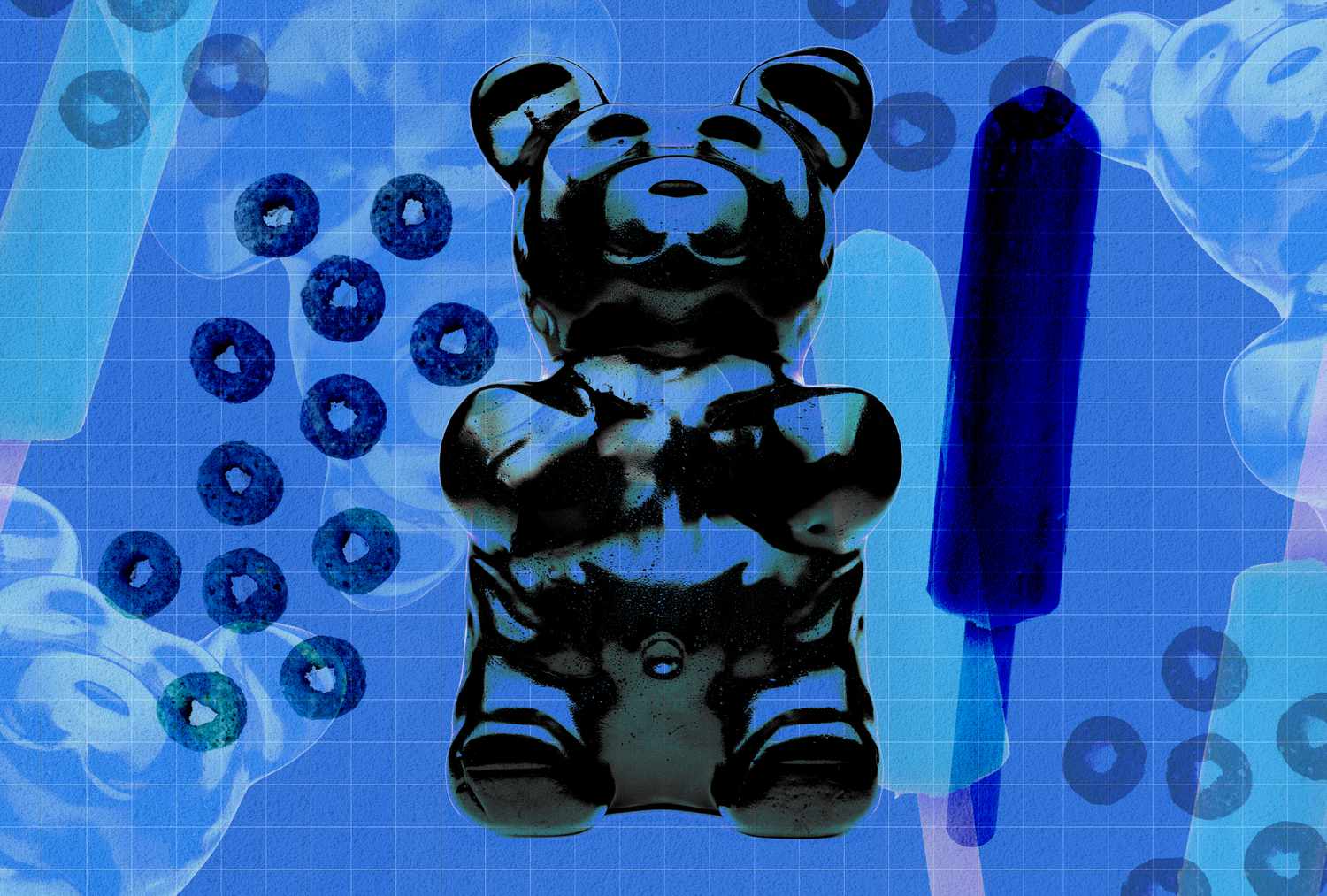
- The FDA just announced an approval on three nonsynthetic food dyes.
- This follows a pending ban on seven different food dyes, including Red No. 40.
- A dietitian recommends prioritizing nutritional content over avoiding food dyes.
Amid the proposed ban on seven food dyes, including Red No. 40, the U.S. Food & Drug Administration (FDA) just approved a group of different food dyes, deeming them safe to be used in retail food and drink products.
On Friday, the FDA announced that these three food colors are safe for consumption: Galdieria extract blue, butterfly pea flower extract and calcium phosphate. Galdieria and butterfly pea flower are blue dyes that may replace pending-banned Blue No. 1 and Blue No. 2, and calcium phosphate provides a white color used for ready-to-eat chicken, powdered doughnuts and white candy melts.
What makes these dyes different from the dyes being potentially banned is that they are nonsynthetic and come from “natural sources” like algae and dried flower petals. And unlike a ban, where it may take years to see change, FDA approval on a deemed-safe ingredient can be added to retail food and beverages immediately.
“Once the FDA approves a color additive petition, any manufacturer can use the coloring for the approved uses,” the press release notes. But what makes these food colors safe? Our senior nutrition editor and registered dietitian Jessica Ball, M.S., RD explains.
“For a substance to be approved for use, the FDA reviews evidence around its safety,” Ball shares. “If a substance—like a food dye—is approved for use, it likely means there is minimal (if any) evidence associating it with negative health effects.”
If it’s a personal preference to limit food dyes in your diet, we support it; Aldi and Trader Joe’s store brand products are majorly dye-free. But the science behind the safety of food dyes is very limited, so it isn’t necessary to fear food dyes.
“Food dyes are a very hot topic right now, and it can be easy to lose perspective on how they might impact health. However, ultra-processed foods—like those that contain food dyes—are foods that should be consumed in moderation, regardless of how they’re colored,” clarifies Ball. “Having food access that allows for a balanced eating pattern, staying physically active, being socially supported, managing stress and quality sleep have a much greater impact on health than food dyes.”
